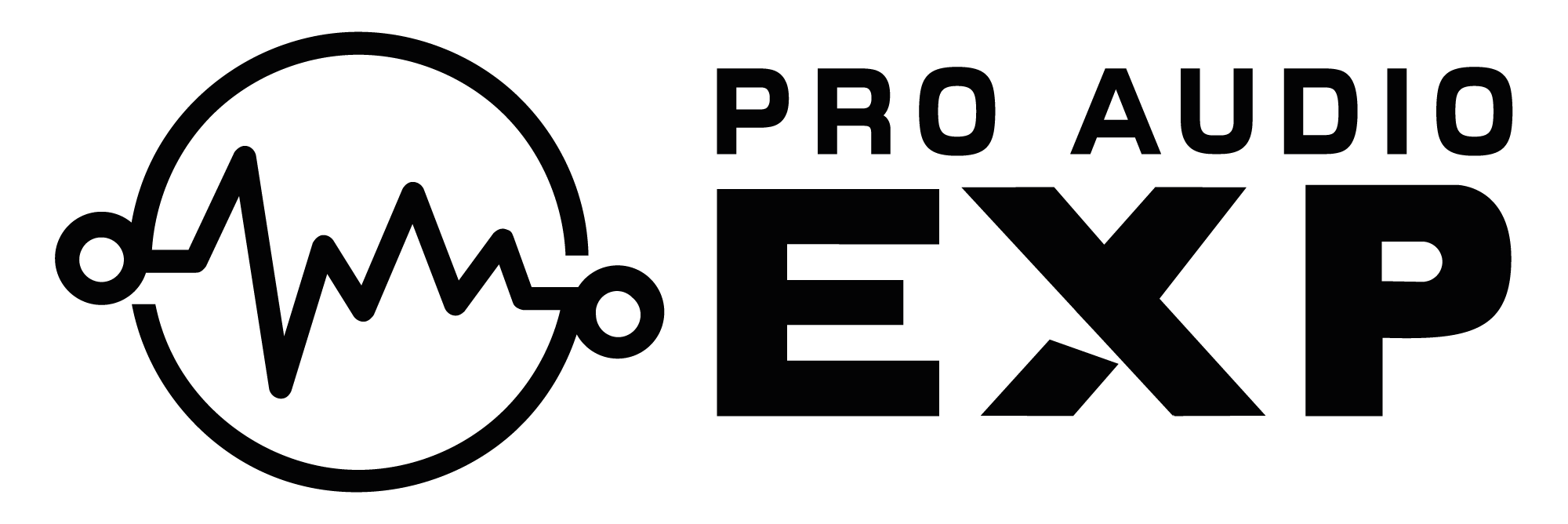You may also like
Copyright © 2026 ProAudioEXP Powered by Shopify

Cart
0 products in your cart
Search
Loading results
Copyright © 2026 ProAudioEXP Powered by Shopify
Stay up to date on the latest product releases, special offers & news by signing up for our newsletter.
Read our privacy policy.
I have enjoyed , learnt and absorbed over my retirement many of Davids Courses - they are all great and this one is no exception - and old folky rocker i love making music and now capturing it at home with ease - with Davids tutoring now I sound like I always did in my head - thanks for a life changing skill - this like all others is fun full of information and at least a 3 times watch first off to absorb the new stuff Great wok David.
Cheers and Beers
Noel
I cannot thank you enough for these courses. They are literally a God-send. I started as an absolute beginner not knowing a single thing about sound production, to becoming confident in live sound production. In particular, I found the Ultimate Live Sound School and the Allen & Heath QU Series videos extremely helpful, because they taught me essential sound production principles and also showed me how to put those principles into practice on the A&H board I use. I am now not only able to operator the board for live production, but I can also go a level above that and change the settings, create groups, create mixes, assign FX, etc. I hope that Mr. Wills knows how much he is helping people, because his courses are phenomenal. I highly recommend getting these courses as opposed to watching random videos on the internet. These courses are very well organized, and they are just packed with helpful information.
I'm a pastor at a small church and this was our first dive into a digital mixer. We had a local installer that unfortunately flaked out on us at the end of the project and didn't finish setting things up, so we were left floundering for a little bit. The "training" we had received by them was very minimal and not helpful at all. In my quest to learn and understand, I saw many people recommending these training videos in a Facebook group for church sound/media people. I bought the videos and within less than 2 hours of watching, I not only learned and understood more, but was able to take that info the very next morning and complete all of the tasks that were still left hanging. David's lessons are clear, easy to follow along with, and empowering. We couldn't have moved forward without him! Because of these training videos, I'm able to run our SQ-5 with confidence and help train and explain to others what to do.
I work for Sweetwater. I am a House of Worship AVL design engineer for Sweetwater. Although we have teams that deploy to train following installation, sometimes our commissioning teams get caught up on other jobs and can't make it to other jobs that are under a tight timeline. This leaves me training our clients sometimes on the systems I sell. Take for instance the SQ7. I've mixed on an SQ7 dozens of times, however, our clients expect us to know the desk inside and out. After watching David, I can teach the same information back to the client. David has saved me many times. I love his style, his speed, his tone, everything. I've been in production all my life, and David, hands down, has the best training videos. Don't hesitate. You will come out a pro.
**David, if you read this, could you add a bonus video under routing for SLINK protocols? I was in a pinch trying to tie channels together on the Slink (AR24) because I couldn't get them to align with the desk's channel layout.***
I recently purchased a Tascam Portastudio DP03SD to replace my cassette Portastudio from 20 years ago. I purchased David's VHS tutorials years ago and they were very helpful. When I got my new Portastudio, I started looking for YouTube videos and happened upon one of David's videos and ended up purchasing his DP03 tutorial. I had purchased this Portastudio mainly to record my own work but I have used it more in my high school music teaching job. I'm teaching students the fundamentals of studio recording. I decided to use David's videos as part of my curriculum by having my students watch them prior to us doing actual recording. The videos are so well produced with excellent video and audio. David's teaching methods are exceptional and he is entertaining, to boot. I HIGHLY recommend his video tutorials. They are the best I've seen for anything I've ever wanted to learn. I've included a photo of three of my students working on a mixing project. Bottom line, if it's by David Wills, get it! You won't be disappointed. Don